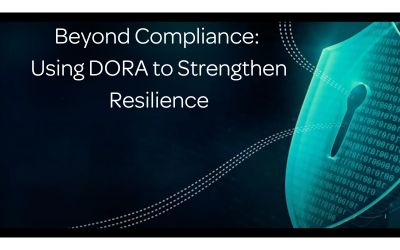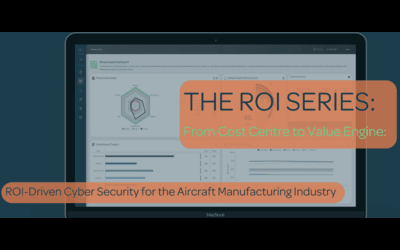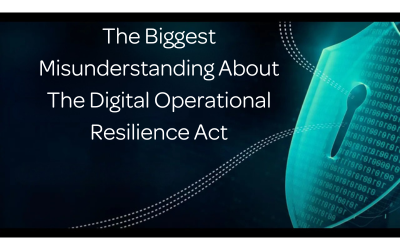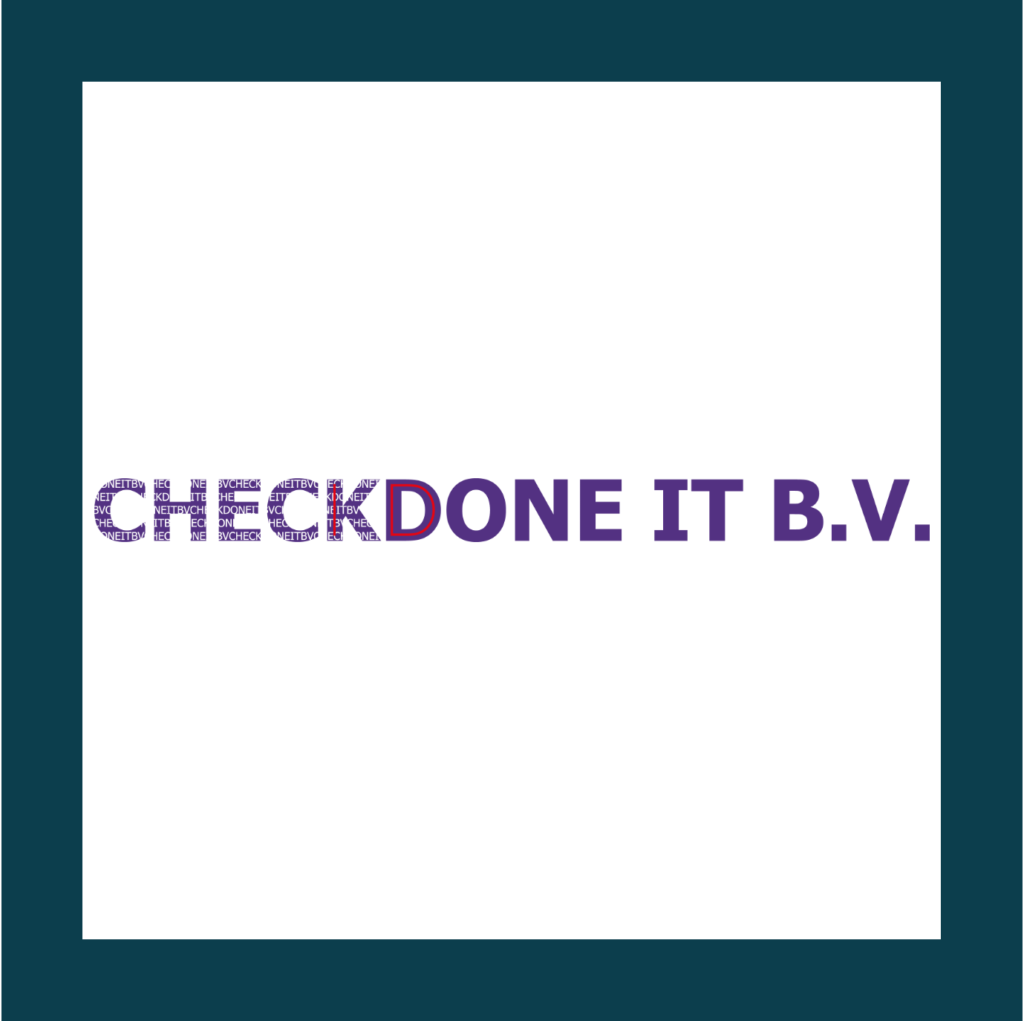CISOs Are Resigning—But Not for the Reasons You Think
25% of Cybersecurity Leaders Will Pursue Different Roles Entirely Due to Workplace Stress, so Gartner reported in a 2023 press release.
As we hit the second quarter of 2025, the outlook has not changed, it has only accelerated with a recent report from Black Fog reporting 32% of CISOs or IT Security DMs in the UK and US are considering leaving their current organisation.
Why is this a rising trend? Well, when a breach happens, the blame game commences within an organisation, the CISO may resign despite repeated attempts at engaging the organisation into action prior to attack to obtain the tooling required to remain secure.
Ultimately if the CISO resigns, the organisation resets, but never fixes the real problem.
The reality is this; CISO’s aren’t resigning because of stress or weakness, they’re quitting because almost certainly they are set up to fail.
The Real Problem: Visibility and Accountability Without Control
CISOs are under increasing pressure to deliver accurate, real-time reporting on cyber risk. Their Boards remind them of 3rd party suppliers that have suffered attacks, or high-profile relatable companies in their industries that have been left in financial and reputational disrepute and are asking CISO’s the difficult questions; “Are we secure. Can you guarantee we won’t be subject to a cyber-attack”. Yet many CISO’s are left flying blind.
Despite being accountable for security outcomes, they often lack continuous insight into whether controls are actually effective. The root of the problem lies in fragmented, siloed data spread across disparate systems, combined with manual, time-consuming processes that make it difficult to keep pace with evolving threats. Mixed with the Board asking the difficult questions, sprinkled with tightening budgets means a dangerous cocktail.
As a result, risk management becomes reactive—responding to issues after they occur—instead of proactive, where risks are identified and mitigated in real time. Without an integrated view and automated monitoring of control performance, organisations are left with visibility and accountability—but no actual control.
Organisations demand visibility and accountability from their CISOs—but offer no actual control.
The Shift Needed: From Reactive Firefighting to Proactive Monitoring
- Introduce the idea that what’s missing is continuous assurance—the ability to see and respond to risks in real time.
- Frame this as a mindset and tooling shift.
Continuous assurance is the missing piece – the ability to see, understand and respond to risks in real time.
However, this requires an element of a mindset and tooling shift really from the Board down. The reality is that Boards are expecting too much from their CISO’s and CISO’s are lacking that very basic necessity to cope in an ever-evolving threat and regulatory landscape: the ability to see and understand their cyber security risk and compliance posture in real time, and continuously.
Always-On Control Room; Enter Continuous Controls Monitoring
Continuous Controls Monitoring (CCM) is exactly what it sounds like: a way to continuously check whether your security, IT, risk, and compliance controls are actually doing their job.
In plain English? CCM is your always-on control room.
It’s not a replacement for a CISO’s expertise—it’s a force multiplier.
With CCM, CISOs get:
- Real-time insight into whether controls are working
- Instant evidence for board meetings and audits
- Visibility into their Entire Ecosystem
- Less manual busywork and spreadsheet hunting
- More trust from execs, regulators, and the business
- Operational support for overburdened teams
In short, it gives CISOs power, knowledge, assurance and support—not just pressure.
Real-World Outcomes: What Happens When You Support the CISO
Imagine being able to answer the board’s ransomware-readiness question in seconds, not weeks.
Imagine having a single view of your entire risk and control landscape—without chasing updates across departments.
Imagine proving compliance every day, not just when audit season rolls around.
CCM makes all of this possible. And when you support the CISO, the organisation wins:
- Better resilience in the face of threats
- Higher retention of key cybersecurity talent
- Smarter, faster decisions on risk
Final Thought: CISOs Don’t Need More Pressure—They Need More Power
CISOs are tired of being the scapegoat when things go wrong.
They want to lead. They want to protect. And with the right tools, they absolutely can.
Investing in Continuous Controls Monitoring isn’t just good cyber security—it’s how you keep good CISOs.
Want to explore how CCM could transform your role or your security posture?
Let’s talk. It’s time to shift from being reactive defenders to empowered, strategic leaders.




















